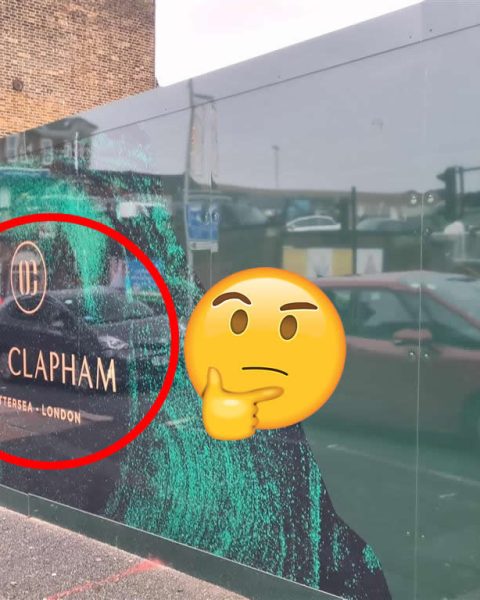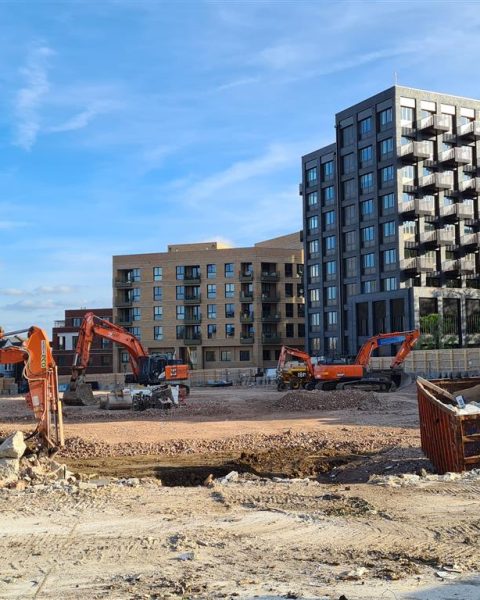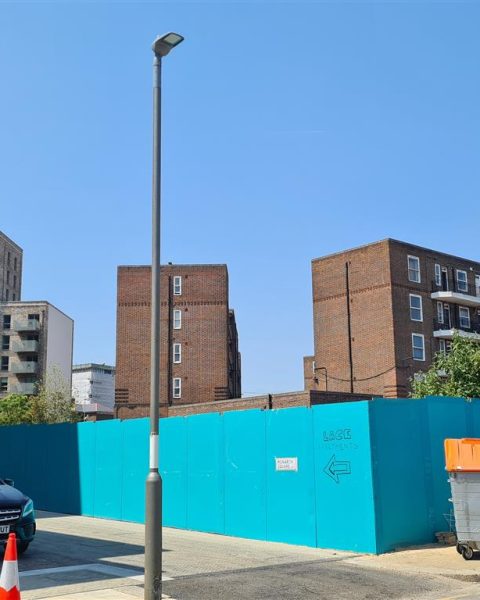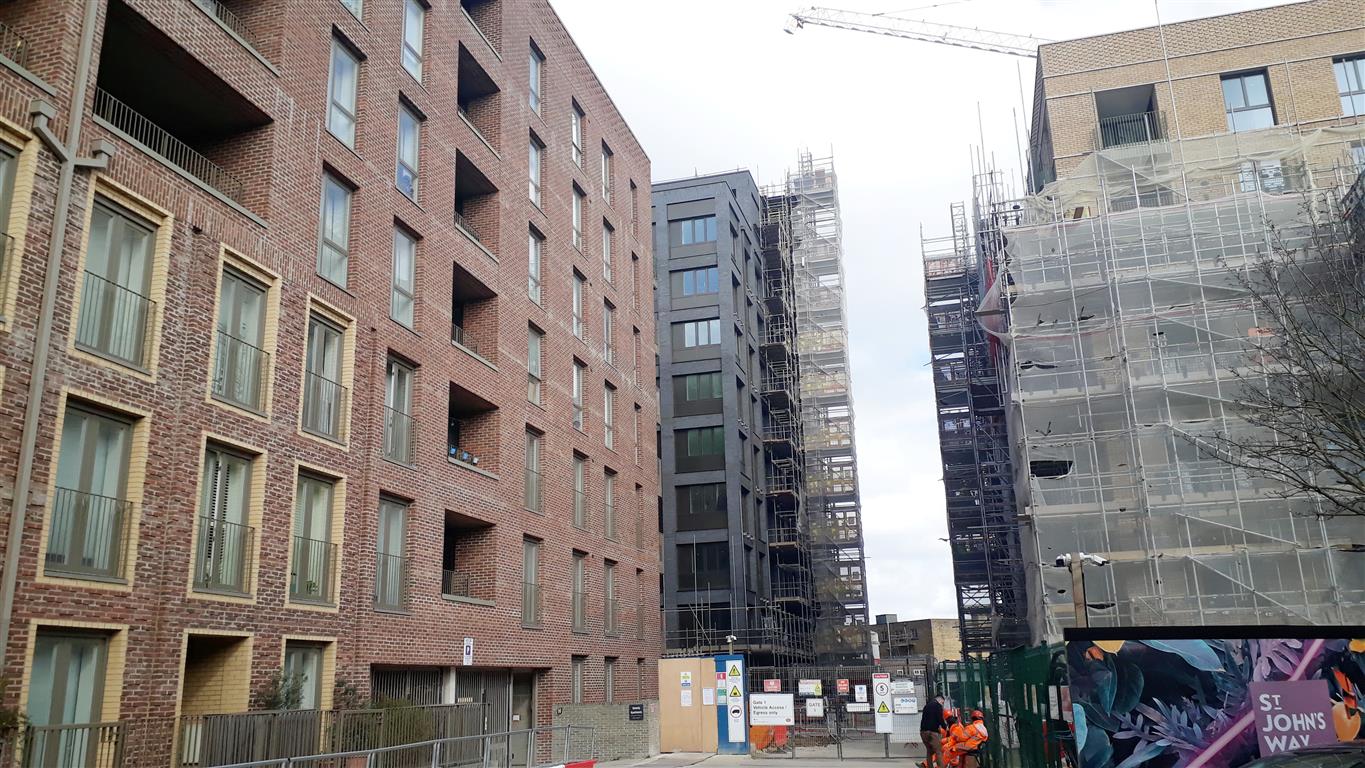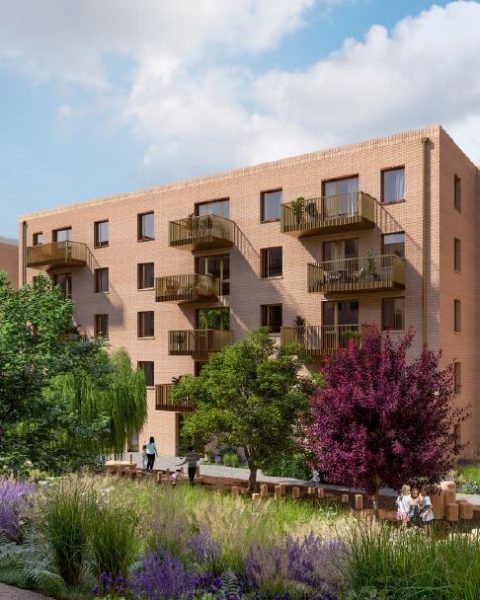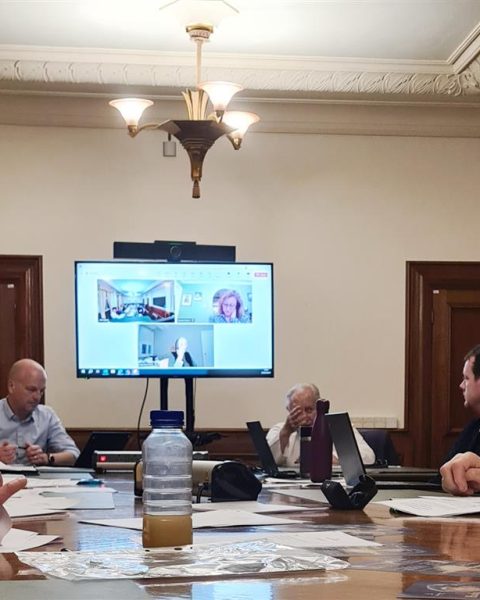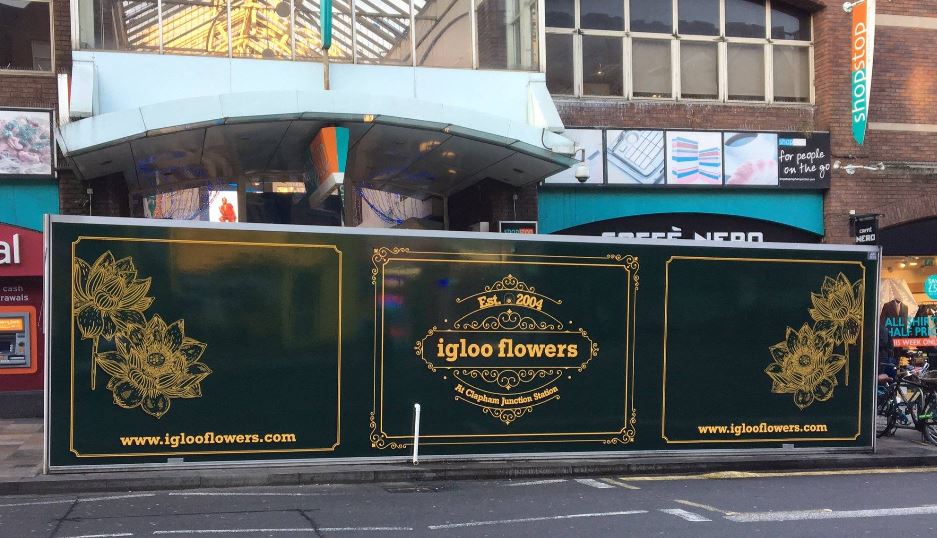Author: Cyril Richert
Peabody’s redevelopment proposal will go before the Planning Application Committee on Wednesday 18th July 2012.
The planning officer in charge of the dossier has ignored the objections of the community and given his blessing with a recommendation to the committee for approval.
Some will say that it does not come as a surprise considering the efforts made by the Council officers last year to amend their own policy to allow Peabody to proceed with a massive development. The Clapham Junction Action Group, along with the Wandsworth and Battersea Societies protested and made a clear demonstration of the manipulation before the government inspector in October 2011, but with no success on amending the final planning documents (read here).
In addition, the planning officer in charge of the Peabody’s case is a well known dense and massive developments lover, as you might remember that he supported Minerva’s project to build 2 skyscrapers of 32 and 38 storeys on the Ram brewery site. Fortunately this was later refused by the government!
We urge everyone to attend the Planning Committee meeting on 18th July 2012.
Date: Wednesday 18 July 2012 – 7.30pm (we advise you to come earlier, possibly 7-7.15pm).
Venue: Room 123 – Wandsworth Borough Council, The Town Hall, Wandsworth High Street, London SW18 2PU (more details how to get there on the website).
It is very important that you make the most efforts to attend the meeting: with the Council officer recommendation to approve, the members of the committee will have to discuss whether they agree or decide to reject, as 300 of us, including the Northcote ward councillors are asking them to do. Seeing the physical level of concern will undoubtedly have weight.
And the stakes involve go far beyond the only redevelopment of the estate. As we wrote, after Peabody comes the station, we highlighted that Metro Shopping Fund is currently trying to resurrect the multi-million development project to redevelop the train station (remember the twin-towers?) with the help of Peabody’s architect. The outcome of the committee decision will certainly decide whether Clapham Junction deserves more towers in the near future.
That said, we shall now respond to the question: “Why is the recommendation for approval flawed?”
Our full response is in the Open Letter to the Planning Application committee that you can download HERE. As it is 5 pages (we commented the 65 page report of the Planning officer, so obviously it was a bit long…) we copied only the main conclusions for each part below.
CJAG’s open letter to the members of the Planning Committee
In response to the planning officer’s report for Peabody application 2012/1258
Friday 13th July 2012
Dear Sirs and Ladies,
We have read the Chief Planning Officer’s report to the Committee on Peabody’s application to develop the site of Peabody’s estate at Clapham Junction Station.
As you probably saw in our submission, we cannot disagree more with its conclusion, but it comes with no surprise. As we demonstrated already, the Council officers had made small (but powerful) amendments in the planning policy in 2011 in order to ease the rules for massing and density in part of the estate (where are located the tallest buildings of the proposal) and have not hidden the fact that the aim was to facilitate Peabody’s plans.
We have showed in our own Planning Submission to the Committee (sent to the members of the Committee on Wednesday 11th July) not only the overwhelming opposition of the local community, but also a detailed list of all the specific reasons that make the Peabody’s proposal completely inadequate for the area.
However, we have read with attention the report of the officer, and would like to point out a series of flaws and inadequacies.
Loss of existing buildings (p156 of the full document): Is the financial benefit of the Peabody a justification to overcome the heritage consideration in the community?
Quality of public space and connection with surrounding streets (p156): In a few words, the proposal does not comply with the policy DMS1, and therefore cannot be approved.
Micro-climate and public spaces (p157): Having a smaller and much darker public space as current, is it really an improvement?
Height, bulk and massing (p158): Will the planning application committee consider that this is common policy to change the rules to ease the work of developers, in contradiction to the Core Strategy adopted version?
Most (if not all) attempts to justify the massing and tall building of the development are flawed. The current proposal does not accord with the adopted policy DMS4 and its list of criteria DMS4(b) and the Committee has a duty to reject it.
Provision of affordable housing (p162): The hypothesis that Peabody could sell the current flats on the open market (contrary to its purpose as a charity providing affordable housing) cannot be used as a justification to ignore the conflict with the policy.
Impact on light to surrounding occupiers (p167): Unless the committee considers that the benefits for Peabody are more important that the inconvenient for Wandsworth residents, permission should be refused.
Impact on outlook to surrounding occupiers (p168): Unless to consider than the ward councillors and the hundreds of local people who objected to the massing and overbearing impact of the proposal do not know their area, we urge the Committee to consider that the arguments of the officer to minimise the impact are completely flawed.
Impact on trees and ecology (p169): The current 51 mature trees contribute to the peaceful atmosphere of the estate and mitigate its impact with the surrounding. The removal of all of them but 5 is in contradiction with Policy DMO5. As the report states, their preservation will impact Peabody’s plan.
Impact on traffic and parking (p169): The proposal is in contradiction to Policy DMT1 that states that development will be permitted where it does not have a negative impact on the transport system. As this is obviously the case, the current proposal must be refused.
Conclusion
The development is in breach of several Policies:
- DMS1 (lack of integration and daylight impact),
- DMS4 (justification for tall buildings),
- DMPD (para 2.49 – visual documents),
- DMH1 (affordable housing),
- DMT1 (traffic)
The analysis of the officer is entirely biased and therefore should be rejected by the committee. The opportunity exists for the Planning Committee to send a clear message based on the views of many hundreds of local residents. Any failure to do so will result in years of continued wrangling over the type of scheme which might be considered acceptable and the ways in which the community’s interests might best be served.
Yours faithfully


